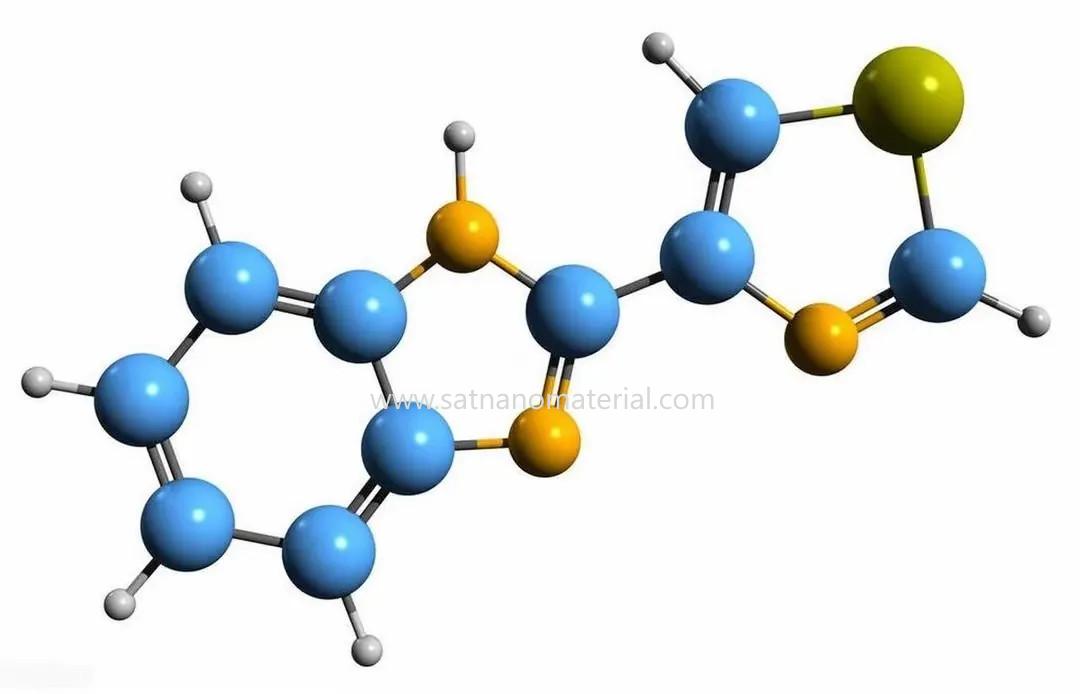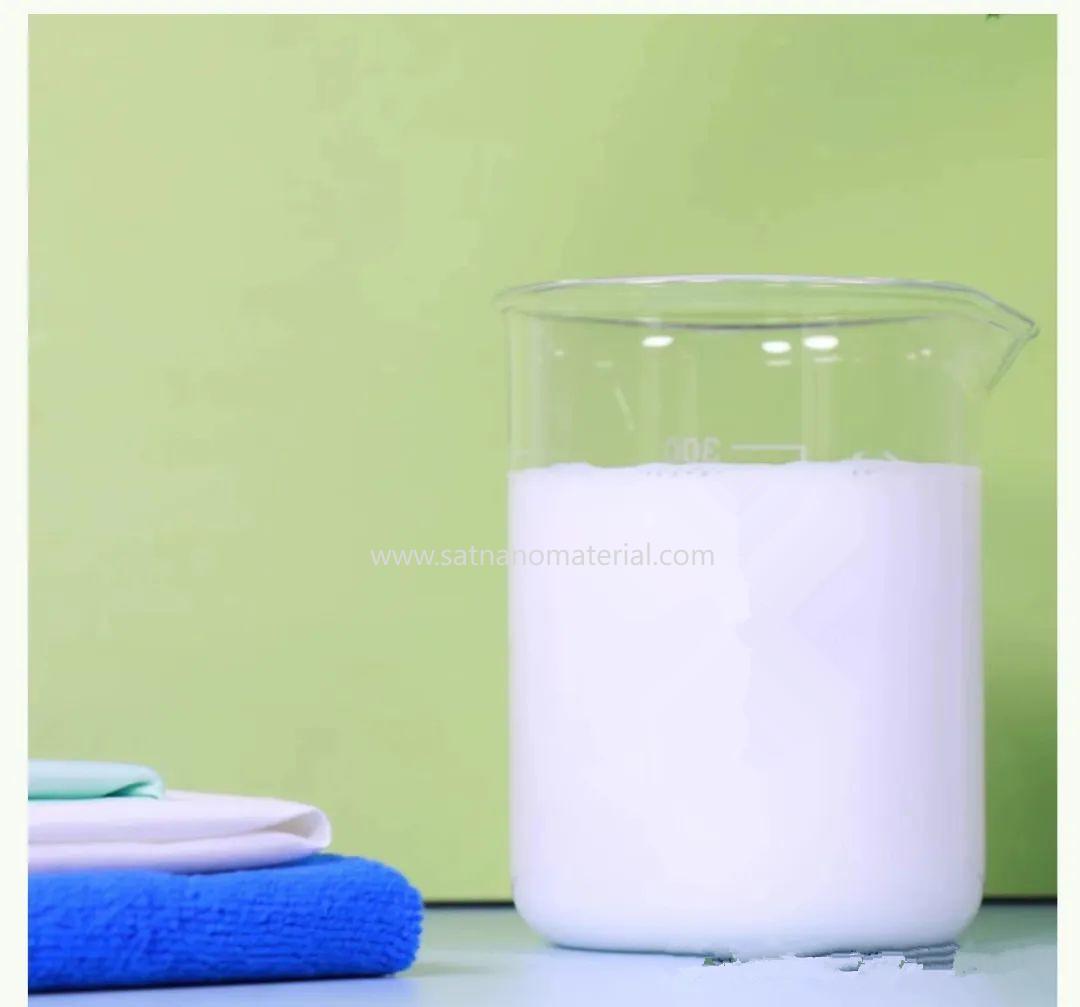1. Antibacterial agents and their classification
Antibiotics refer to drugs that can inhibit bacterial growth, damage their living environment, and effectively and continuously exert their effects. Antibacterial agents are divided into two categories: organic antibacterial agents and inorganic antibacterial agents. Among them, organic antibacterial agents include natural and synthetic types, while inorganic antibacterial agents mainly include metals, metal ions, and oxides. The commonly referred to antibacterial measures include inhibition, killing, elimination of toxins secreted by bacteria, and prevention. Due to the strong thermal stability, long-lasting functionality, and safety and reliability of inorganic antibacterial agents, coupled with the development of ultra-fine technology in recent years, nanoscale inorganic antibacterial agents can be mass-produced and blended or composite into chemical fibers, ensuring the industrialization of antibacterial chemical fibers.

2. Nano antibacterial agents
Photocatalytic properties are one of the important characteristics of nano semiconductor materials. Common semiconductor compound materials include TiOz, ZnO, ZnS, CdS&PbS, etc. Considering safety and cost factors, TiO2 and ZnO have better practicality, with TiO2 being the most commonly used.
The absorption wavelength threshold of semiconductors is mostly in the ultraviolet region. When the photon energy exceeds the semiconductor absorption threshold, the valence band electrons of the semiconductor undergo interband transitions, that is, transitions from the valence band to the conduction band, resulting in the generation of photo generated electrons (e) and holes (h+). At this point, the dissolved oxygen adsorbed on the surface of the nanoparticles captures electrons to form superoxide negative ions (· 05), while the holes will oxidize the hydroxide ions adsorbed on the catalyst surface and water to form hydroxide radicals (· OH). Both superoxide negative ions and hydroxide radicals have strong oxidizing properties, which can oxidize the vast majority of organic matter to the final products CO2 and H2O. During the reaction process, this semiconductor material, also known as the photocatalyst itself, does not undergo any changes.
Numerous studies have shown that adding some nano ZnO to nano TiO2 or adding some nano TiO2 to nano ZnO results in better antibacterial effects on fabrics compared to single nano materials, indicating the existence of nano synergistic effects between nano TiO2 and ZnO. This is due to the surface atoms of nano TiO2 and ZnO
The surface effects of particles vary due to different environments and bandgap widths, therefore, the absorption of light, especially ultraviolet radiation, has its own characteristic bands. When cotton fabrics are treated with nano TiO2 and ZnO composites, they can absorb ultraviolet radiation over a wider wavelength range, decompose more freely moving negatively charged electrons and positively charged holes, and form photo generated electron hole pairs. They react with surrounding water and oxygen to generate more 0-, HO ·, HOO ·, and H2O2, effectively killing bacteria and improving the antibacterial effect of the fabric.
Nano TiO2 as a bactericide also has the following characteristics: firstly, it has good immediate effect, such as the effect of silver series antibacterial agents occurring in about 24 hours, while nano TiO2 only takes about 1 hour; Secondly, TiO2 is a semi permanent antibacterial agent that maintains its antibacterial effect, unlike other antibacterial agents whose dissolution effect gradually decreases; Thirdly, it has good safety and no adverse effects on skin contact. The textile made by dispersing nanoscale ultra-fine TiO2 into spinning raw materials and spinning chemical fibers has good antibacterial properties and is cheap. Therefore, nanoscale TiO2 is widely used as the main antibacterial and deodorant in functional fibers.

3.Metal ion antibacterial agents
Compared with organic antibacterial agents, metal ion antibacterial agents have the advantages of good safety (low toxicity, no carcinogenicity), high antibacterial activity, good heat resistance, wide antibacterial range, long persistence, and no drug resistance. They can be widely used in fields such as electronics, automobiles, building materials, water treatment, medical treatment, food, feed, packaging, textiles, and environmental protection.
According to the different metal ions contained, metal ion antibacterial agents can be divided into silver ions, copper ions, zinc ions, cobalt ions, nickel ions, vanadium ion antibacterial agents, etc.
Some metal particles (such as silver nanoparticles and copper nanoparticles) have certain bactericidal properties. They are spun in combination with chemical fibers to produce antibacterial functional fibers, which have stronger antibacterial effects and more washing times than general antibacterial fabrics. For example, ultrafine antibacterial powder can endow resin products with antibacterial ability and have inhibitory effects on various bacteria, fungi, and molds. Adding 1% of this powder to synthetic fibers can produce antibacterial fibers with good spinnability.
SAT NANO is one of the best supplier of Nano antibacterial agents, we can offer tio2 dispersion, zno dispersion, sio2 dispersion, silver doped tio2 dispersion and copper doped tio2 dispersion, if you have any enquiry, please feel free to contact us at admin@satnano.com


 online service
online service 13929258449
13929258449 admin@satnano.com
admin@satnano.com + 8613929258449
+ 8613929258449